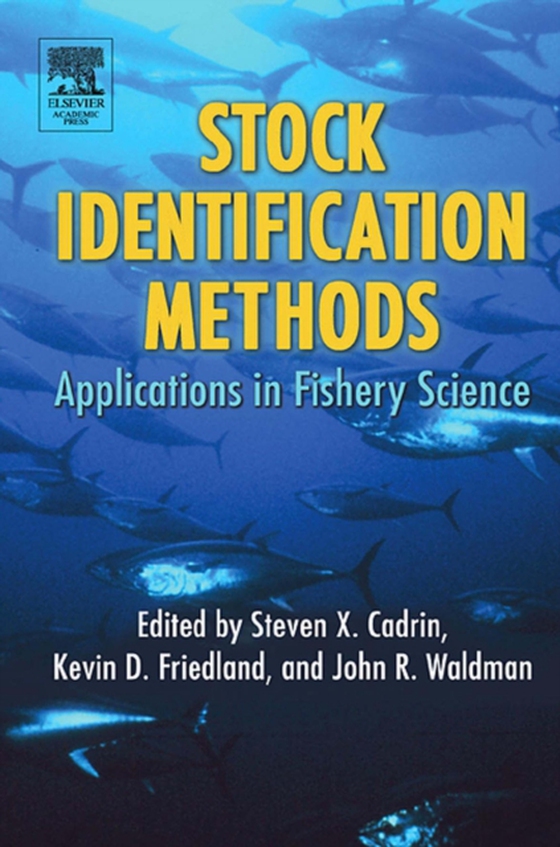
Stock Identification Methods e-bog
31,25 DKK
(ekskl. moms 25,00 DKK)
Stock Identification Methods provides a comprehensive review of the various disciplines used to study the population structure of fishery resources. It represents the worldwide experience and perspectives of experts on each method, assembled through a working group of the International Council for the Exploration of the Sea. The book is organized to foster interdisciplinary analyses and conclu...
E-bog
31,25 DKK
Forlag
Academic Press
Udgivet
15 oktober 2004
Længde
736 sider
Genrer
Fisheries and related industries
Sprog
English
Format
pdf
Beskyttelse
LCP
ISBN
9780080470436
Stock Identification Methods provides a comprehensive review of the various disciplines used to study the population structure of fishery resources. It represents the worldwide experience and perspectives of experts on each method, assembled through a working group of the International Council for the Exploration of the Sea. The book is organized to foster interdisciplinary analyses and conclusions about stock structure, a crucial topic for fishery science and management. Technological advances have promoted the development of stock identification methods in many directions, resulting in a confusing variety of approaches. Based on central tenets of population biology and management needs, Stock Identification Methods offers a unified framework for understanding stock structure by promoting an understanding of the relative merits and sensitivities of each approach.* Describes eighteen distinct approaches to stock identification grouped into sections on life history traits, environmental signals, genetic analyses, and applied marks* Features experts' reviews of benchmark case studies, general protocols, and the strengths and weaknesses of each identification method* Reviews statistical techniques for exploring stock patterns, testing for differences among putative stocks, stock discrimination, and stock composition analysis* Focuses on the challenges of interpreting data and managing mixed-stock fisheries
 Dansk
Dansk

